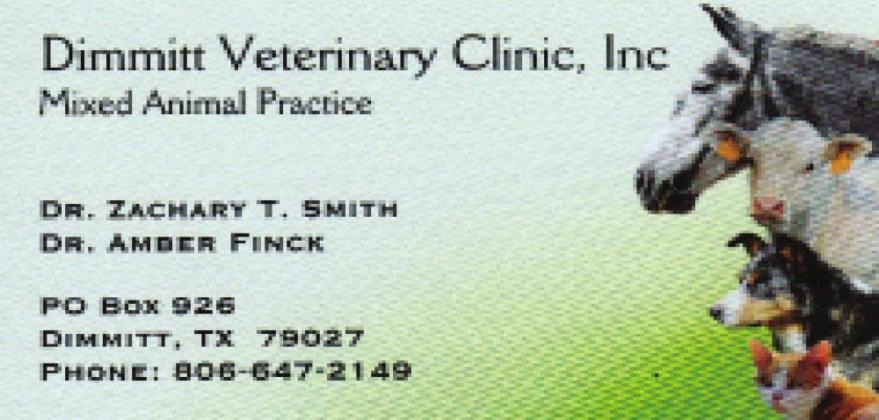Rescued animals often come from difficult backgrounds of abuse, neglect, or both and, as a result, sometimes exhibit erratic behaviors in their new homes. These behaviors can come as a surprise to pet owners and can leave the animal’s adopted family feeling ill-equipped and unprepared.
Dr. Lori Teller, a clinical associate professor at the Texas A&M College of Veterinary Medicine & Biomedical Sciences, says that when trying to rehabilitate an animal that has been abused, finding the right regimen can feel like a game of blind go-fetch.
“Many pets are adopted with no information about their past history,” Teller said. “Some of these pets may not have been physically abused but may have been inappropriately socialized as puppies or kittens. Others may have suffered from neglect, isolation, or physical abuse.”
In many cases, an animal’s behavioral problems can lead to excessive punishment in their new homes, which leads to a worsening of those behaviors and can create a vicious cycle.
“Some of these inappropriate behaviors may include inappropriate elimination (having accidents in the house or not using the litter box); inappropriate vocalizing (howling, crying, or non-stop barking); destruction of property; attacking or biting people, whether known or unknown to the pet; hiding when others are around; or shaking and trembling when approached by people,” Teller said.
Canine PTSD has yet to become an official term; however, research from Tufts University’s Cummings Behavior Clinic shows that dogs and humans have similar chemical and behavioral responses to trauma. Researchers have also found that dogs abandoned after the 2011 Japanese earthquake had higher levels of cortisol, a stress hormone, than abandoned dogs that had not lived through a similar kind of trauma.
While animals that have been previously abused may be more of a challenge to care for because of problematic behaviors and increased anxiety, there are steps pet owners can take to ensure a happier and healthier pet.
“The most important thing that an owner can do is consult with their veterinarian about how to best help the new pet. The veterinarian can help customize an appropriate plan to manage the pet’s return to a happier quality of life,” Teller explained.
“One thing to consider is to take it slow while the animal gets used to people (and other pets) in the household. This may mean sitting in the same room without talking to or approaching the pet, although you could toss out some treats at strategic times,” she said. “Other things include providing proper nutrition and fresh water on a regular schedule; communicating in a confidently quiet voice; providing a safe place to relax; taking the dog on brief outings, such as a ride in the car or for a short walk in a quiet area; and providing environmental enrichment without overwhelming the pet.”

